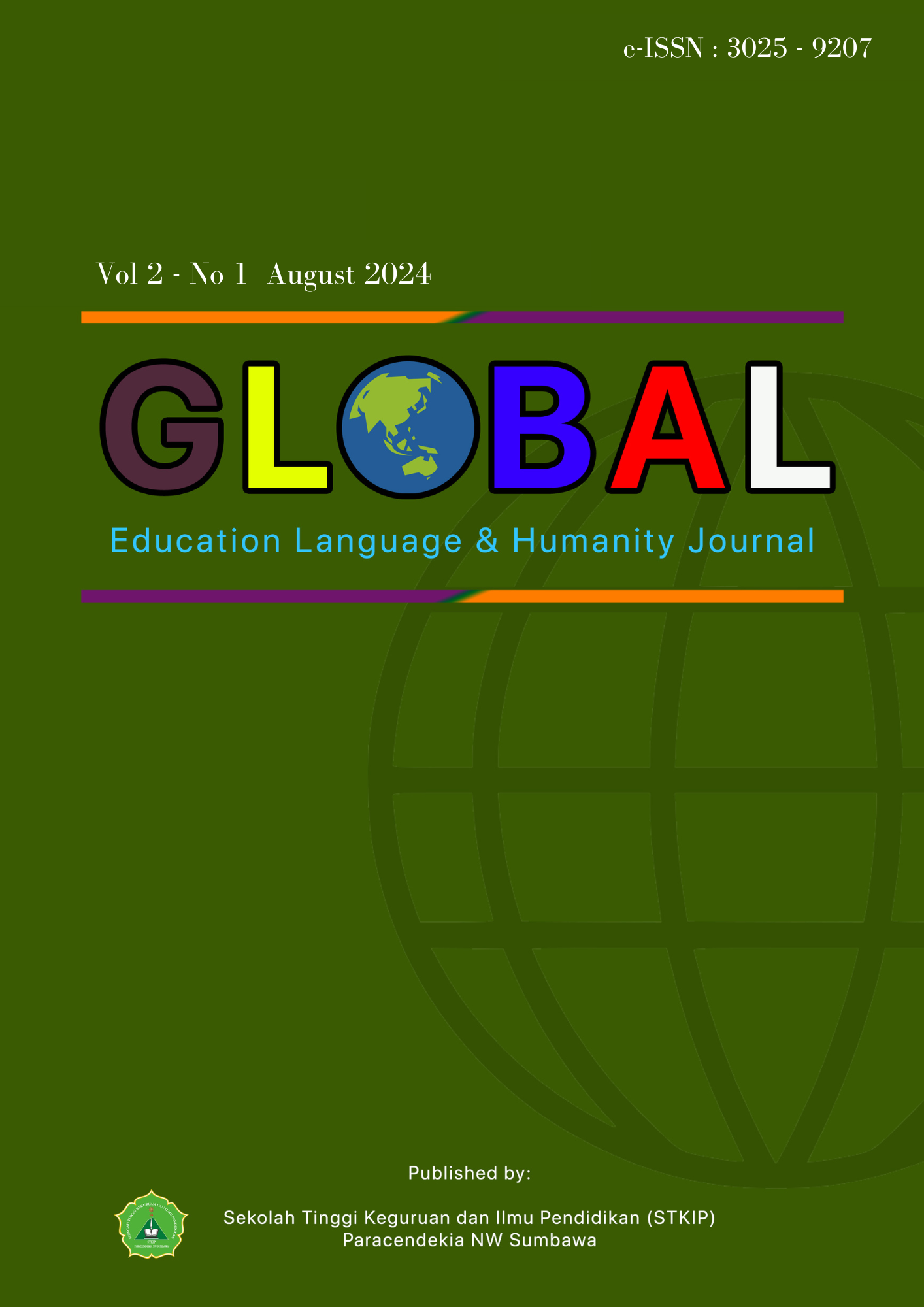AN ANALYSIS OF STUDENTS’ LEARNING STRATEGIES IN OVERCOMING PASSIVE VOICE ERRORS
Keywords:
Passive voice errors, Learning strategyAbstract
This article investigates the learning strategies employed by students at STKIP Paracendekia NW Sumbawa to overcome errors in constructing passive voice sentences. The study focuses on identifying the types of errors made by students and the strategies they utilize to correct these errors. Data was collected through interviews and the analysis of students' written exercises. The results reveal that students predominantly encounter misformation and omission errors when constructing passive voice sentences. These errors often stem from a lack of understanding of verb conjugations and the omission of auxiliary verbs. The study further explores the learning strategies used by students, categorized according to Oxford's (1990) classification, including cognitive, metacognitive, affective, and social strategies. It was found that students frequently employ cognitive strategies, such as seeking out resources and practicing sentence construction, as well as social strategies, including consulting peers and instructors. The findings suggest that while students are aware of the importance of using correct passive voice structures, they still struggle with certain aspects of its application. The study concludes by recommending targeted instructional strategies to improve students' understanding and use of passive voice, thereby enhancing their overall proficiency in English grammar
References
Amadi, E. (2018). The use of affective strategies in language learning. Journal of Language Learning, 45(2), 123-135.
Biber, D., Johansson, S., Leech, G., Conrad, S., & Finegan, E. (2003). Longman grammar of spoken and written English. Longman.
Celce-Murcia, M., & Larsen-Freeman, D. (1999). The grammar book: An ESL/EFL teacher's course (2nd ed.). Heinle & Heinle.
Chamot, A. U. (2004). Issues in language learning strategies research and teaching.
Electronic Journal of Foreign Language Teaching, 1(1), 14-26. Coetzee, A. (1980). Grammar and the passive voice. Academic Press. Douglas, M. (2001). English grammar and usage. Routledge.
Dulay, H., Burt, M., & Krashen, S. (1982). Language two. Oxford University Press. Ellis, R. (1994). The study of second language acquisition. Oxford University Press. Funk, R., & Kolln, M. (2012). Understanding English grammar (9th ed.). Pearson Education.
Hartanto, M. W., & Inayati, N. (2016). English proficiency tests and student performance. Journal of Educational Assessment, 12(4), 221-233.
James, C. (1998). Errors in language learning and use: Exploring error analysis. Longman. Johnson, D. (1994). Textual cohesion and coherence. Academic Press.
Kartono, S. (1980). History of English education in Indonesia. Pustaka Pelajar. Kirkpatrick, A., & Sussex, R. (2012). English as an international language in Asia: Implications for language education. Springer.
Munadzdzofah, N. (2018). The role of English as a global lingua franca. Global Linguistics Journal, 6(3), 45-61.
O'Malley, J. M., & Chamot, A. U. (1990). Learning strategies in second language acquisition. Cambridge University Press.
Oxford, R. L. (1990). Language learning strategies: What every teacher should know.Newbury House Publishers.
Richards, J. C., & Schmidt, R. (2010). Longman dictionary of language teaching and applied linguistics (4th ed.). Pearson.
Selinker, L. (1972). Interlanguage. International Review of Applied Linguistics in Language Teaching, 10(3), 209-231.
Suryadi, K., & Junaida, S. (2007). Essential English grammar. Ganesha Press.
Swain, M. (1985). Communicative competence: Some roles of output in second language learning. In S. Gass & C. Madden (Eds.), Input in second language acquisition (pp. 235-253). Newbury House Publishers.
Syahputra, F. (2014). Learning strategies in a language class. Educational Strategy Journal, 23(2), 67-82.
Tiwari, R. (2017). The passive voice in English grammar. Oxford University Press









